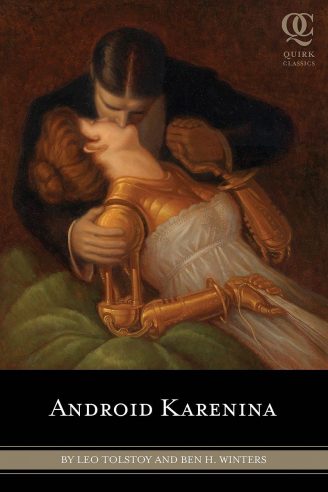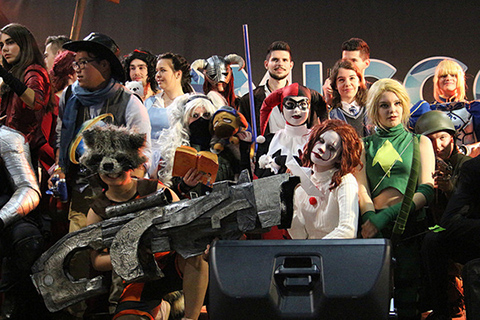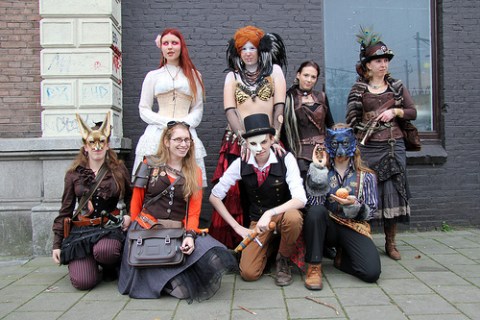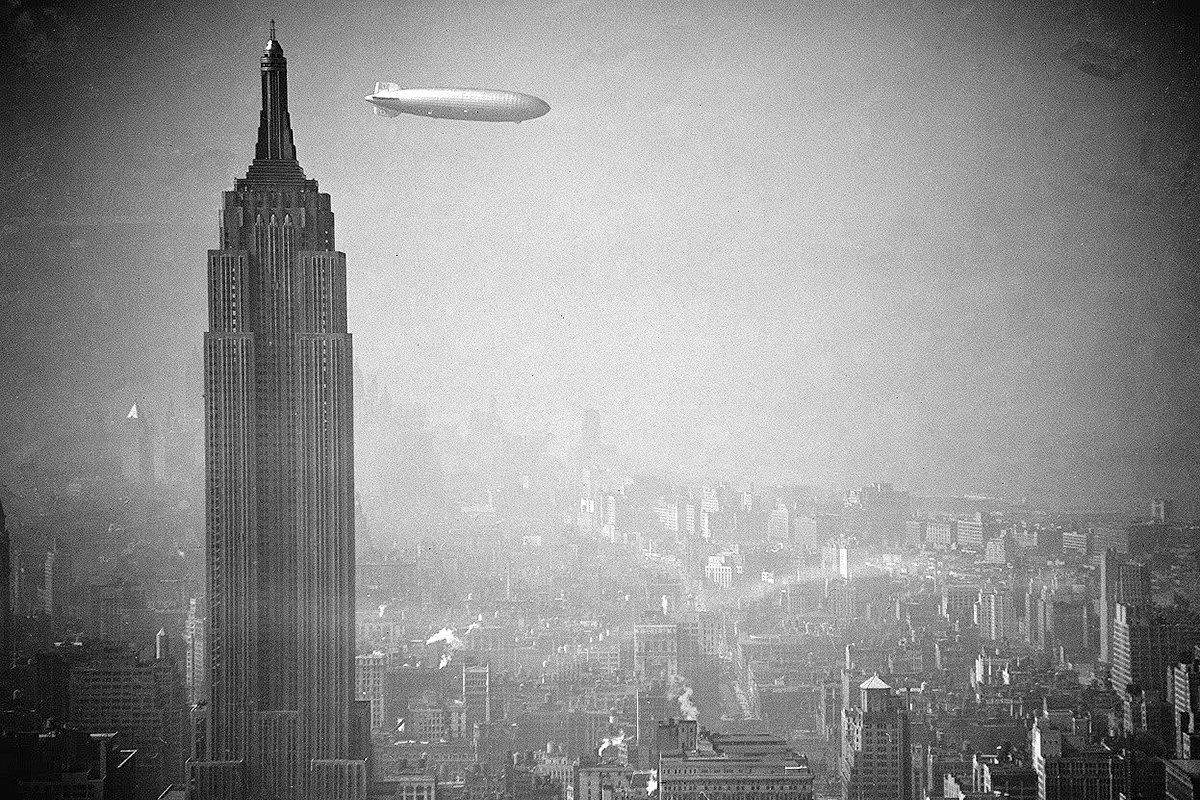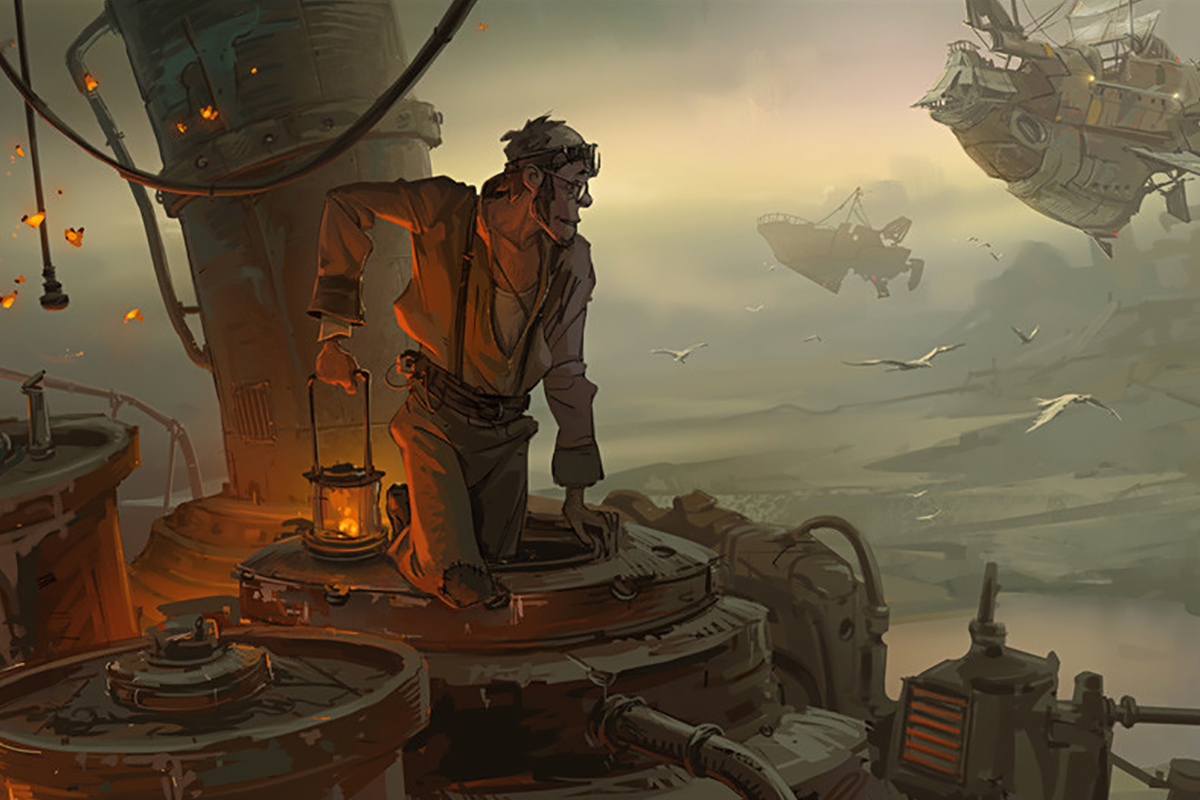Android Karenina by Ben Winters is a steampunk take on Leo Tolstoy’s classic novel and, indeed, the plot resembles the original to a great degree, with all familiar protagonists present.
They are incarnated in a way befitting a steampunk setting, though. Android Karenina is set against a high-tech steampunk background, placed in a pseudo-nineteenth-century Russia.
What first struck me was the easiness with which the human protagonists interact with their robotic alter-egos/side-kicks, the Class III companions. Obviously, these robots have been around quite a while by the time the events of the novel unfold and have helped create a unique society.
That society, indeed the whole country, could have been taken from a Belle Époque vision of the year 2000. Fashion and decorum haven’t changed, only technology has advanced and provides novel ways of travel, new methods to treat illnesses and new forms of entertainment. The three-dimensional dance early in the novel and the grav-skating are just two particularly delightful examples.
The first part of the novel takes the reader into a very intricate and detailed vision of a Belle Époque utopia, brought about by the discovery of the mysterious and almost magical metal Groznium, which has transformed society “since the days of the tsars” and brought about amazing advances.
The Class III companions are the most visible part of this extraordinary progress. The Class IIIs are sentient machines, extensions and complementaries of their owners’ personality. They are also part of coming-of-age. Children do not have Class III companions. The gift of a Class III marks the entry into adult life.
Society still resembles the highly stratified classism of late-tsarist Russia. All protagonists are part of the upper echelons of society; commoners are absent from the novel. Their absence is so drastic, at times I wondered whether they had not been completely replaced by Class II (menial work) robots. This fear was elevated later in the novel, though.
Interestingly, the automatons seem to have a standing covering the entire spectrum from slaves to trusted friends. Levin, Stiva and Anna Karenina treat their companions with respect while other members of high society delight in cruel games involving their mechanical servants, like the treatment of serfs in Tsarist Russia depended very much on their lords.
The first part of the novel is entirely dedicated to introducing the main characters and their various companions. As a result, Android Karenina has a rather slow start. Still, the high-tech vision of an extended nineteenth century as depicted in the novel is quite enthralling.
As Winter’s tale progresses, and the reader learns more about the world, the utopia is tarnished. An underground movement of scientists appears, who use strange and advanced technologies to create emotion-bombs and god-mouths (I think they are miniature black holes of some sort) to wreak havoc.
There is also the shadow of an alien presence, the Honored Guests, which is cast over some occultist fringes of Moscow’s elite. There is even a religion based around these aliens, but the government acts rather harshly against it.
Another quite fascinating but rather disturbing feature is the almost complete absence of other parts of the world. Count Vronsky and Anna Karenina sometimes converse in French and Vronsky’s mecanicien is an Englishman. At a later point, Vronsky accompanies a “foreign prince” and shows him around Russia, but that is it. The rest of the world only exists in the margins.
Even during part two of the novel, “Voyage of the Shcherbatskys,” in which the reader is taken along a journey into space, we meet only Russians. I was left with the impression that Android Karenina‘s Russia was not quite a real place, even in the context of the novel. Rather, it seems to exist in some other, dreamlike state, all on its own.
This isolation becomes even more apparent in the last part, when the people of Russia are faced with a dire threat that surely would have caused neighboring countries to intervene on Russia’s side.
Without wanting to spoil anything, the plot of Android Karenina offers quite a few interesting twists. This is one of the most enjoyable factors of the novel, but also one of its flaws.
At first, I was surprised and delighted when a new element surfaced, but there are too many of such ocurrences. The plot contains elements of I, Robot, Terminator, Aliens and The War of the Worlds. One may argue that one scene is particularly reminiscent of Starship Troopers. Leaving out some of these elements would not have hurt the plot and prevented it from becoming somewhat overburdened near the end.
The second, and final, element I found somewhat irritating are the lengthy descriptions of everyday events and looks inside the minds and musings of the protagonists. It made me skip pages on a few occasions and miss an important bit, just half a page in length, which turned out to be the key scene in the novel.
On the whole, Android Karenina is thoroughly entertaining nevertheless, enthralling and inspiring. I especially enjoyed the Russian flavor to steampunk, something I hadn’t encountered before.
Sadly, I cannot completely credit Mr Winters with the creation of the very believable characters, since they are closely based on Tolstoy’s work. His Class III companions, especially Lupo and Little Stiva, deserve all the credit that is due, however.
On a final note, Android Karenina does something I have not encountered before: the book, not just the novel, breaches the fourth barrier. There are elements in the book, little details, that presume the book is printed in a world where the events of Android Karenina are as likely as the events of Anna Karenina in our world. All I can say is: special thanks to II/ENGLISHRENDERER/94!
In conclusion, Android Karenina is an engaging and at times heavy read with unnecessary lengthy stretches and a few too many elements in the plot. It is also a beautiful, harrowing and sad tale of a technological utopia descending slowly into a strange form of Orwellian steampunk Stalinism. It is rich in detail and creates a unique and, even by steampunk standards, strange and dreamline world within its pages that strives to reach out toward the reader.
This story first appeared in Gatehouse Gazette 13 (July 2010), p. 12-13, with the headline “Android Karenina”.

